Capitol Reef National Park may not be the best known national park in the US, but this little park is possibly one of the most interesting. It is in the middle of a geologic feature called “The Waterpocket Fold”, and possibly demonstrates one of the finest examples of geologic progression in the entire Colorado Plateau. While not the originally proposed name for this park, Capitol Reef got its name from the locals, who believed the large dome shaped white colored sandstone rocks in the area resembled the nation’s capitol building. They also referred to the Waterpocket fold as a Reef, indicating that it represented a natural barrier. It’s said that the two expressions combined, creating the name Capitol Reef.
Human habitation has been sporadic at best, with little evidence of a strong continuous human presence in this area.The reasons are possibly because of the existence of the Water Pocket Fold (the Reef), or simply because of the rocky harsh environment. Whatever the reason, humans have not flocked to the area in the past. It’s thought that the Fremont culture maintained a community here between 900 AD and the 1500s, but after that, no evidence exists of permanent habitation until the first Europeans came to the area in the mid 1800s.
John Fremont passed through Cathedral Valley in 1854 on an unrelated expedition, but did not come to the area where the main part of the park now exists. Fremont wrote that the area was visited by nomadic bands of Utes and southern Paiutes, but did not find evidence of a permanent settlement.
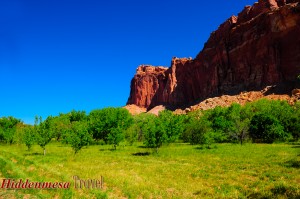
Some of the fruit trees originally planted by Mormon settlers at Capital Reef still stand in the Fruita District. Photo by Donald Fink
In 1866, the Mormons began to explore the area looking for suitable areas to settle, and in the 1870s the first Mormons moved into the area and settled in what is now know as the Fruita District. The original name for this community, which never contained more than ten families, was Junction. The settlers used the convenience of the Fremont River and quickly established fruit orchards. By the 1920s, Fruita had been nicknamed the “Wayne County Garden of Eden”, referring to the most productive farmland in Utah’s Wayne County. The primary crops grown here were cherry, apricot, peach, pear, apple, and a few plum, mulberry, almond, and walnuts. Today there are still over 2,700 trees in the Fruita Historic Orchards. Additional crops raised by the Mormons was sorghum, raised for its sugar value.
In 1902, the community’s name of Junction was changed to Fruita. The last remaining resident of Fruita moved away in 1969.
The father of Capitol Reef is generally regarded as Ephriam Pectol. Born in 1875, this Cainville resident moved to Torrey in 1910, and bought the general store. He became Bishop of the local Mormon Church in 1911. Pectol was fascinated with the rugged Capitol Reef area, and was an avid collector of Fremont Cultural items, keeping a museum in his store. In 1921, he organized a Booster’s Club to promote Wayne Wonderland.
His brother-in-law, Joseph Hickman decided to help out, and when the Booster Club proved unable to meet their goals, Hickman formed the Wayne Wonderland Club in 1924, which was later renamed to the Associated Civics Club of Southern Utah. That same year, Hickman was elected to the Utah State Legislature, and almost immediately introduced a bill making 16 acres of the Capitol Reef area near Fruita a State Park. This park was dedicated by Utah Governor George H. Dern on July 20, 1925. Unfortunately, Joseph Hickman drowned at Fish Lake only four days later in a boating accident, and Ephriam Pectol was left to carry on the fight for Capitol Reef alone.
The two men, Pectol and Hickman were often regarded as the only two people in Wayne County who truly appreciated Capitol Reef. To everyone else, it was just a “bad place to lose a cow.”
Before Hickman died, he had introduced a resolution in the legislature asking Congress to create the [tippy title=”Wayne Wonderland National Monument” header=”off”]More on Ephiram Pectol and Joseph S. Hickman, and how they were instrumental in promoting Wayne Wonderland (Capital Reef) from its very beginning until its creation as a National Monument can be see on the site, Utah History To Go. [/tippy]. When Ephriam Pectol was elected to the state legislature in 1933, his first action was to again ask the national government to create the Wayne Wonderland National Monument. For the next several years, while neglecting his business, Pectol helped guide federal surveyors in the Capitol Reef area.
On August 2, 1937, President Roosevelt signed into law the creation of the Capitol Reef National Monument, which was 37,711 acres in size. Ephriam Pectol died in 1947, but not until he realized his decades old dream of bringing national recognition to this fascinating place in southern Utah.
Not much progress was made with Capitol Reef for the next few years, but in 1962 Utah State Highway 24 through Capitol Reef, was paved. This opened the area to more visitors, and helped to expose Capitol Reef to more people who appreciated its beauty. Also, in the 1960s, the Park Service received funding under what’s known as “Mission 66” to generally upgrade the park system. Even though not a national park at the time, Capitol Reef received funding for and constructed a 53 site campground, employee housing, and a visitor center. The visitor center opened in, as you might imagine, 1966.
In 1971, President Nixon signed legislation creating Capitol Reef National Park. There were several versions of the park’s definition, but Congress and the President finally settled on a piece of land that comprised over 250,000 acres, preserving all of the valley around the Fruita settlement and the Waterpocket Fold. Capitol Reef today is available for all to enjoy, and serves as an example of how a small number of people, given enough motivation, can involve themselves in the “process” and make things happen.
What to do – It’s probably not realistic to consider Capital Reef as a primary destination. After all, it’s a small park. If, however, you base yourself there, you’ll find several activities that can keep you entertained for several days in and around the park.
- In the park, the first thing to do is pay a visit to the Visitor’s Center, located near the Fruita District in the central part of the park along Highway 24.
- From there, you can orient yourself, collect maps and plan the rest of the stay.
- While you’re in the area, take a quick tour of the Fruita Disctict, which has several buildings that were originally built by the Mormon settlers who first came to the area.
- Not far from the Visitor’s center, there’s a great display of Rock art petroglyphs that were carved by the Fremont Indians. You should see it on
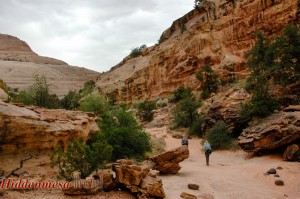
Capital Gorge Trail at Capital Reef winds through dry creek beds between towering Entrada sandstone. Photo by Donald Fink
the to the Visitor’s Center if you entered the park from Hanksville. If not, the Rangers in the Visitor’s Center can direct you.
- There are several hiking trails worth walking at Capital Reef. We recommend the easy 2 1/2 mile Capital Gorge trail. It’s reasonably flat, but travels through a narrow wash with towering sandstone walls. Along this walk, you’ll see the Pioneer Register; a place where settlers carved their names into the sandstone walls.
- If you’re up for a driving adventure try the Cathedral Valley Loop tour. This is a dirt road that takes you through the heart of Capitol Reef. It’s a remote drive requiring high clearance vehicles and includes fording a river. This will take most of a day and requires that your car is in good shape, and that you carry lots of water and food. Its a good idea to check with the rangers at the visitors center on the condition of the road and to pick up a map. Spring and summer rains can wash the road out. This is a fun outing but very remote. Cell phones probably won’t work and there are no gas stations or other signs of human habitation.
- Outside the park, you can take a drive up to Fish Lake. It’s located toward Loa and Richfield, but in the mountains along the Scenic Byway U-25. Spending time at Fish Lake is a real treat because it’s terrain is more alpine or sub-alpine compared to the desert landscape of Capital Reef. There is hiking and trout fishing and camping available at Fish Lake. It’s 49 miles from the Visitor’s Center at Capital Reef.
- We mentioned earlier that you should stop at Goblin Valley State Park on the way to Capital Reef from I-70. Goblin Valley is without a doubt the weirdest formation of rocks you’ll ever see. So strange are these rocks that they were the scene of an alien planet in the movie Galaxy Quest, starring Tim Allen. Goblin Valley is about 69 miles from Capital Reef.
- A little further, but well worth the trip is Bryce Canyon National Park. If your travels will not take you to Bryce Canyon as a destination, you should at least consider this park as a day trip. It’ll be worth it. The landscape at Bryce Canyon is very different from Capital Reef, and well worth a visit. You should really consider this place as another trip entirely. Bryce Canyon is 108 miles from Capital Reef, or about 2 1/2 miles away.
- Along the way to Bryce Canyon from Capital Reef, you’ll travel along Utah Scenic Byway 12 (U-12). This highway is worth the drive even if you weren’t going to Bryce Canyon. Shortly after leaving Torrey, it climbs into the mountains almost immediately where you’ll enjoy sub-alpine and alpine conditions while taking in a view of Capital Reef off to your left. You’ll pass by the Anasazi State Park Museum, and pass through the Escalante Petrified Forest State Park. At one point along this road, you’ll be driving along a ridge of Entrada sandstone that’s barely wider than the road itself, and the views are almost unbelievable.
Whether you’re staying at Capital Reef for a day or so, or if you’re making an entire week out of it, there’s plenty to do, and more to see than you’ll have time to enjoy.
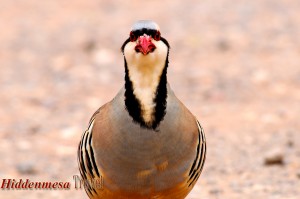
The Chukar Partridge – Alectoris chukar – is native to Asia but was introduced into the US as a game bird. Photo by Bonnie Fink
What to expect – Near Capital Reef is the town of Torrey where you can find several stores, hotels, and gas stations. Austin’s Chuckwagon and Motel comes to mind first since it has a reasonably well stocked general store. You can find milk, bread, and all the other staples, and of course, there’s ice cream. If you need to stock up for your stay, it might be worth the fifteen mile drive to the town of Loa. In Loa, Royals Food Town will give you a somewhat bigger selection. They have a Facebook Page here.The closest Walmart is in Richfield, 62 miles away
There are several hotels and motels, and a few B&Bs in Torrey, and you’ll even find at least one “chain” hotel. The Best Western Capital Reef Resort and Rimrock Inn and Restaurant both have friendly staff and nice rooms. You can find several cafes and restaurants in Torrey, so there’s no problem getting a meal.
When you’re out exploring, remember to take water and snacks. This is high desert country. That means that the relative humidity is usually low so you won’t notice how fast you lose water when you’re hiking.
Cell phone service is good in Torrey, but gets spotty once you’re inside the park.
There are several RV parks in Torrey. There’s also a campground inside the park, and reservations are highly recommended for any stay you’re considering. These parks and campgrounds are popular and can get full, especially on holiday weekends, or during the summer months when school’s out. We recommend Thousand Lakes RV Park and Campground. We stayed there for two months in our 5th wheel trailer and the experience was positive. In addition to RV sites, they have camping cabins, tent sites, and even a beauty salon and gift shop. Adjacent to the RV park, there’s an auto repair shop that can handle most vehicles including RVs and 4WD vehicles.
How to Get There – The easiest way to get to Capital Reef National Park is from I-70 near Green River. Just west of the Green River Recreation area, take Highway 24 south, turning right at Hanksville. Along the way to Hanksville, you’ll pass by the turnoff to Goblin Valley State Park on the right. Goblin Valley might be the weirdest rock formations you’ll ever see, so if you have time, it’s worth a stop. Check out our article on Goblin Valley here.
After Hanksville, it’s thirty-seven miles to the visitor center at Capital Reef.


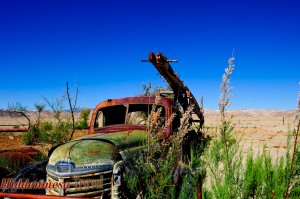
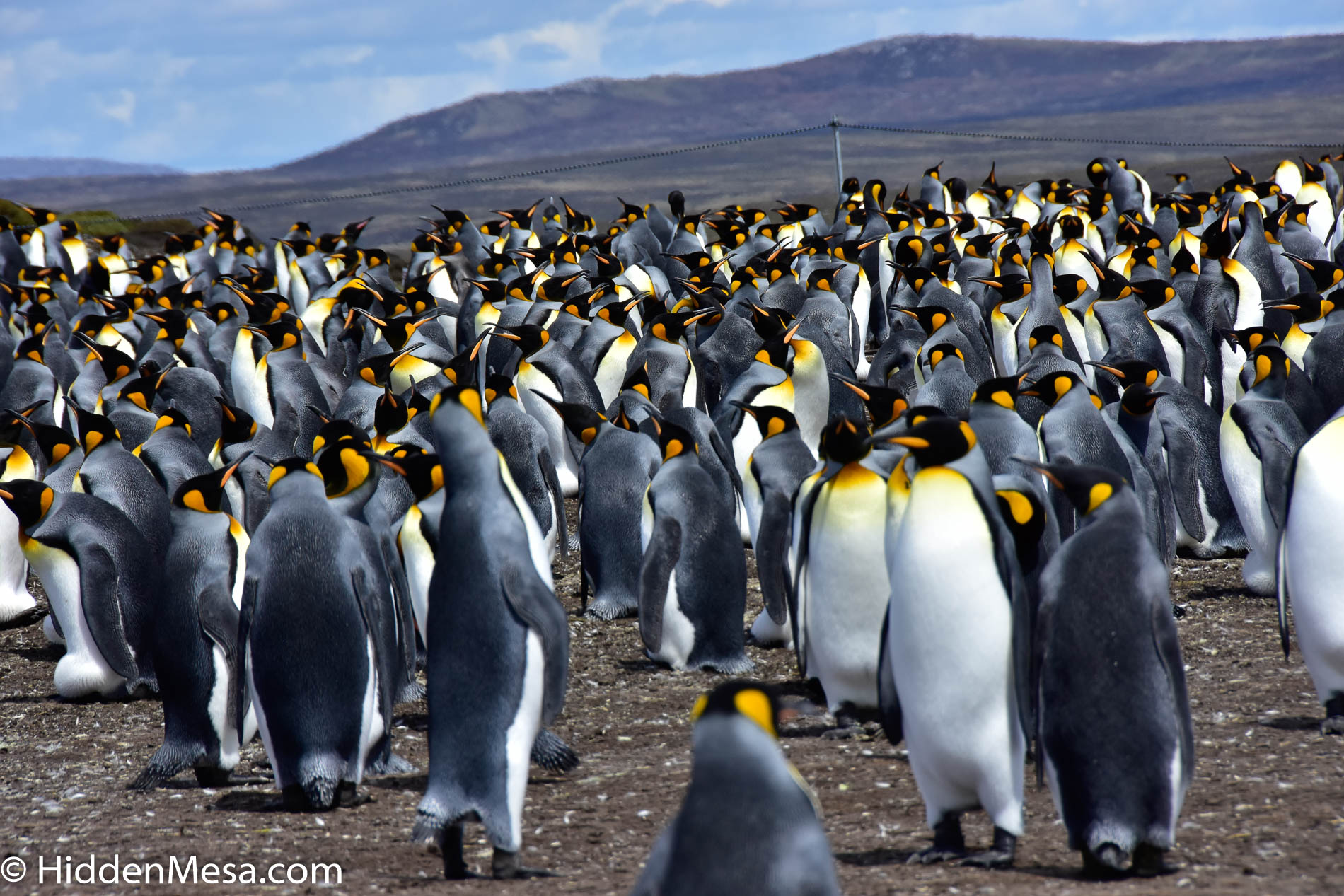
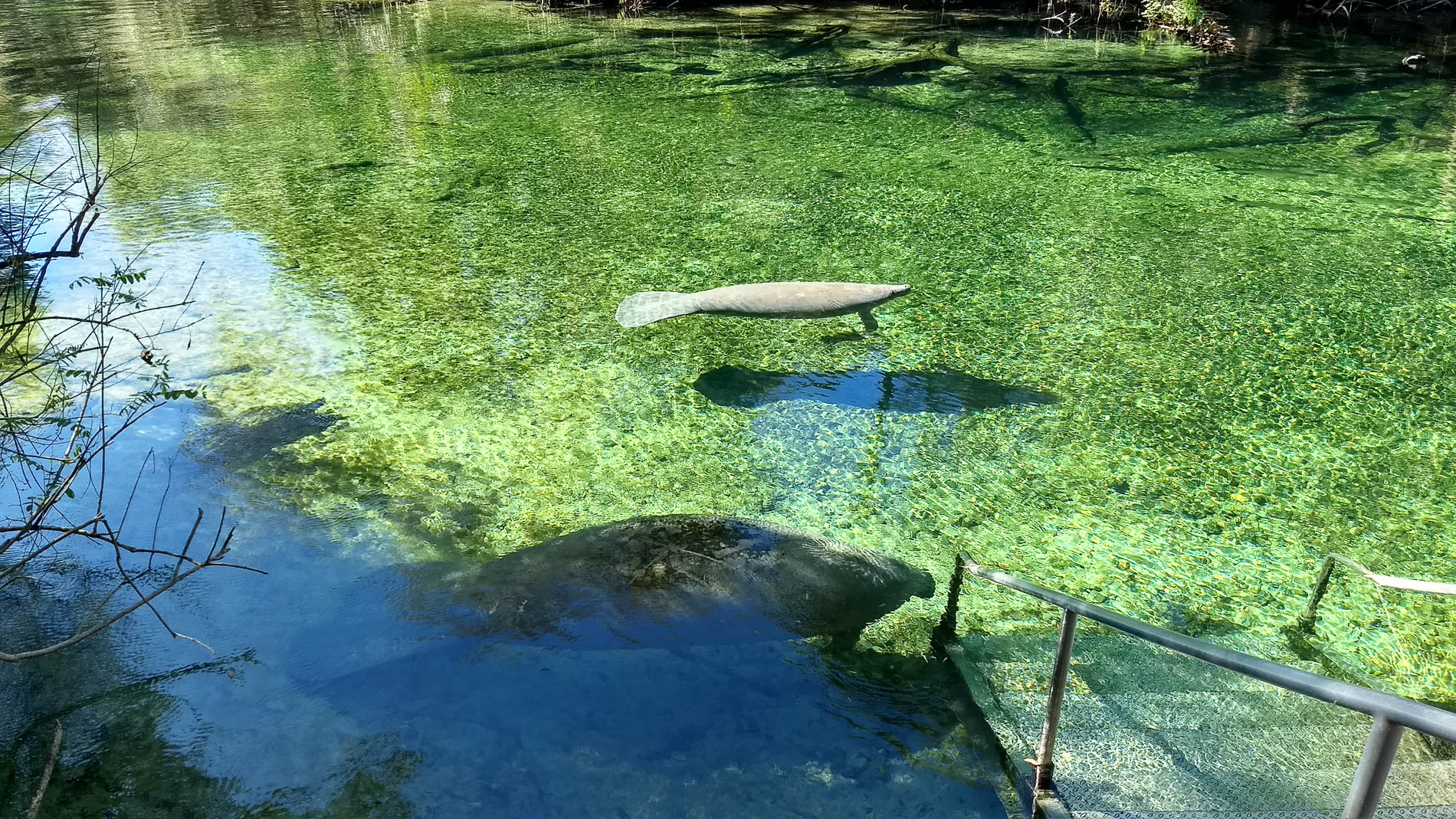
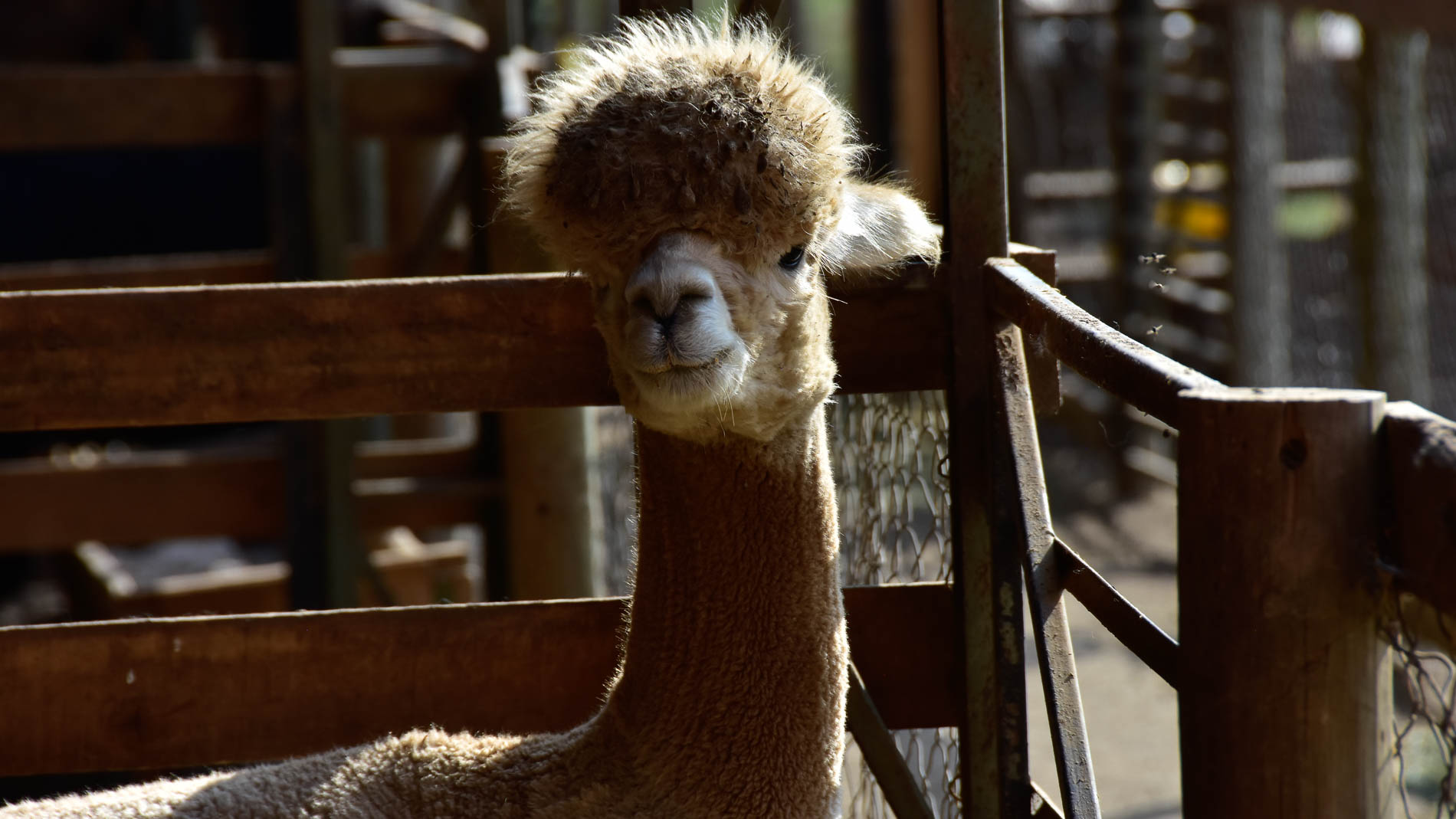

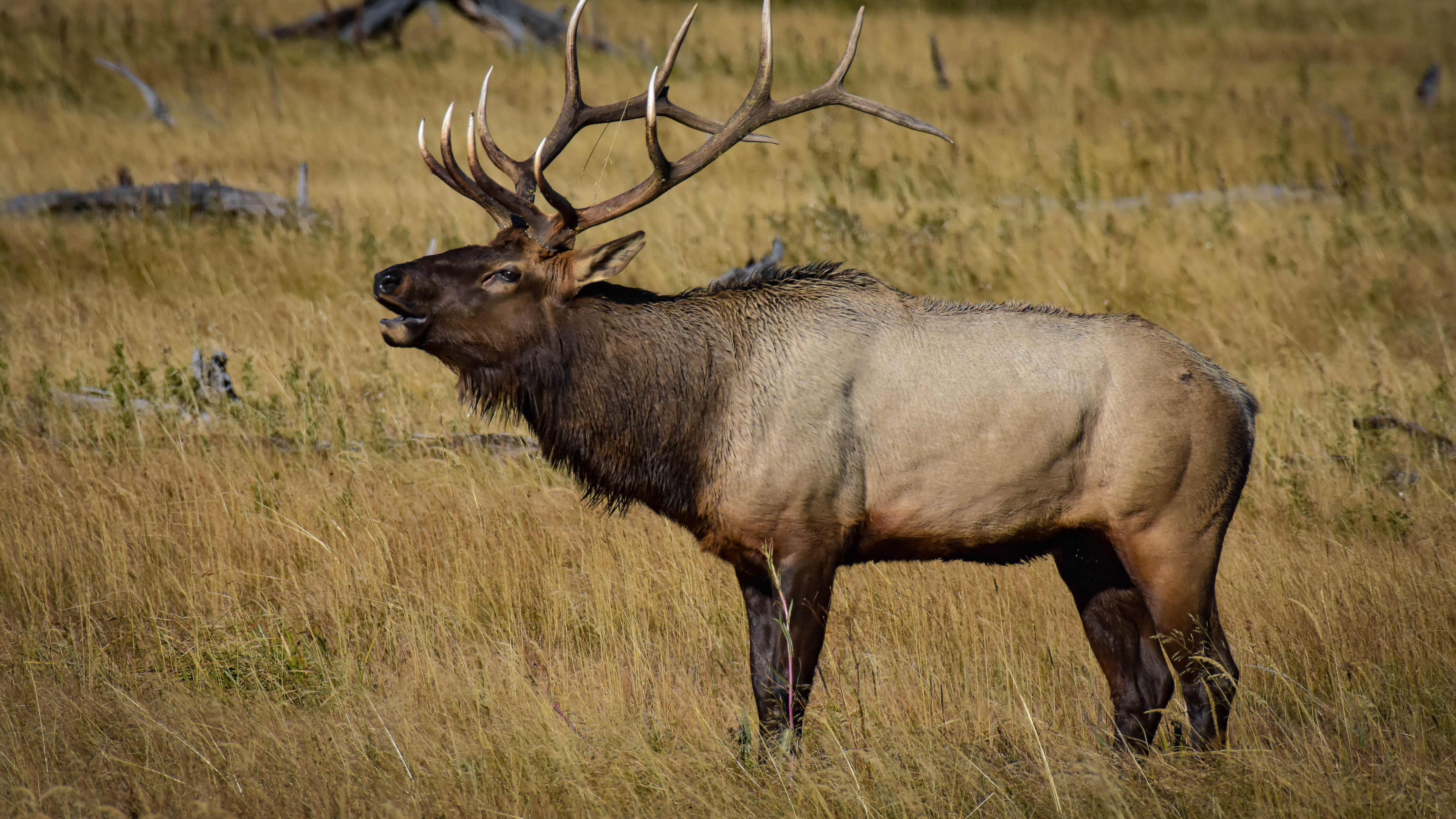
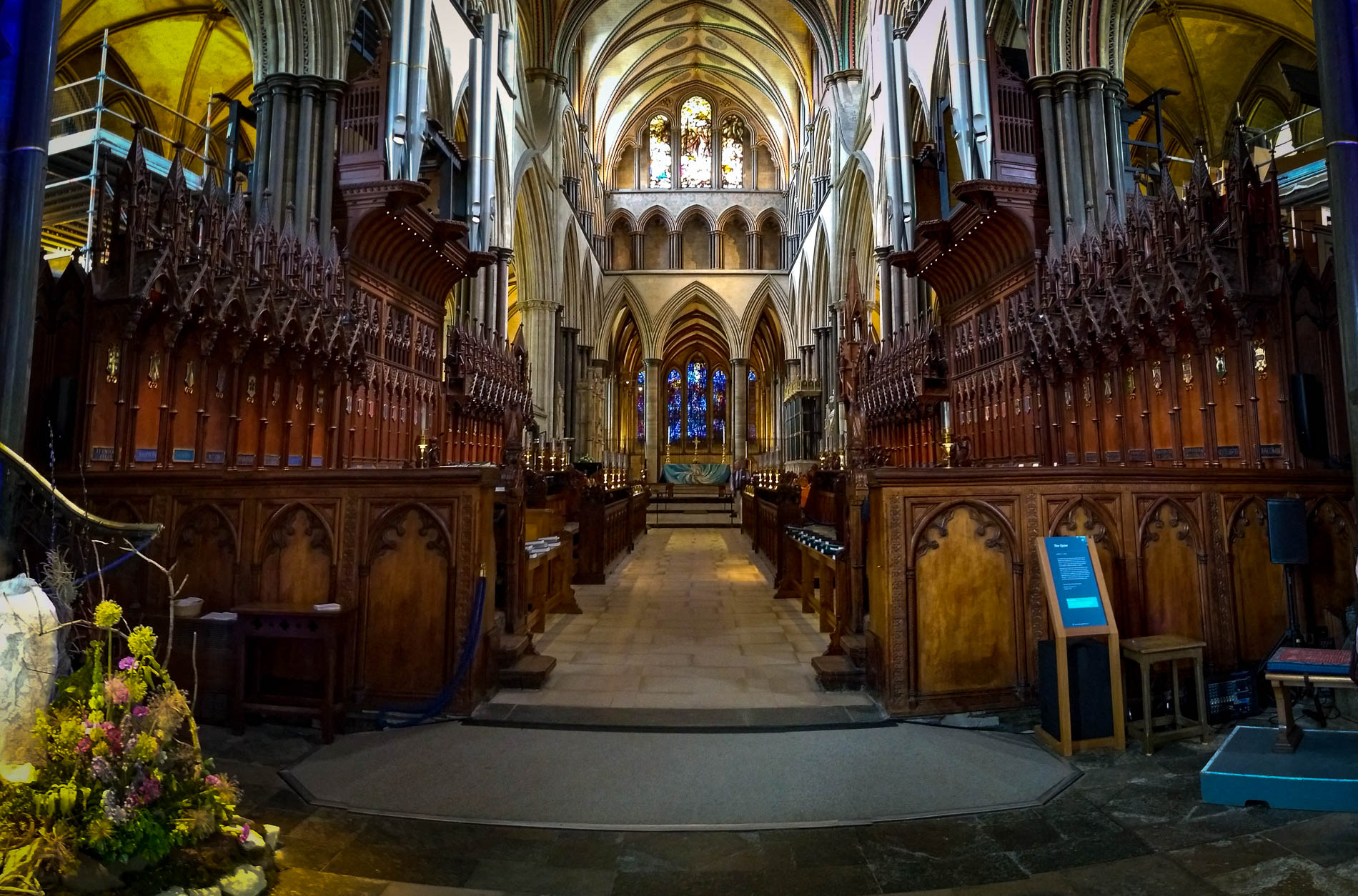


I love your site.. keep up the good work! Do you know the actual theme is by the way?
Hi Melisa,
Thanks for the comment. We use a theme called Newspaper. It’s available from Envato marketplace. We also use NextGen Gallery for our images, but we use another plugin to actually display images called Justified Image Grid.
The Newspaper Theme is pretty complicated to set up, but it has enough flexibility to make it worth the trouble.
Don
[…] Capital Reef National Park – Wayne Wonderland […]